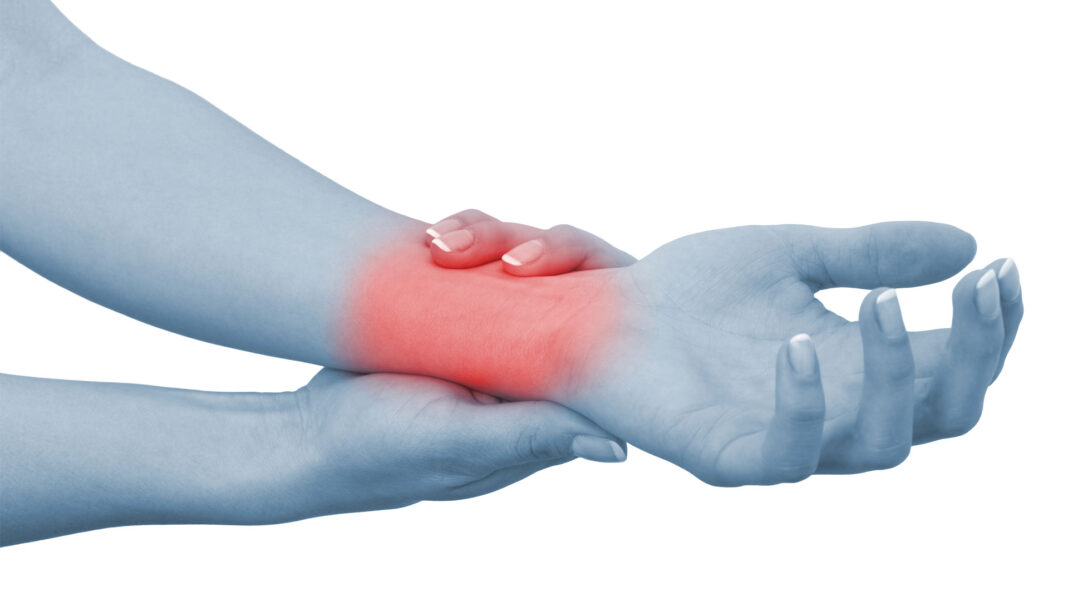Arthritis, a condition characterized by inflammation and pain in the joints, affects millions of people worldwide. Recent studies and expert insights reveal that women are more susceptible to arthritis than men. Understanding the reasons behind this disparity can help in developing better prevention and treatment strategies for women.
Hormonal Factors
One of the primary reasons women are at a higher risk of developing arthritis is hormonal differences. Estrogen, a hormone predominant in women, plays a crucial role in maintaining bone and joint health. However, estrogen levels fluctuate during menstruation, pregnancy, and menopause, which can negatively impact joint health. During menopause, a significant drop in estrogen levels can accelerate the degeneration of cartilage, leading to osteoarthritis.
Genetic Predisposition
Genetics also play a vital role in the increased risk of arthritis among women. Research indicates that specific genes associated with autoimmune diseases, such as rheumatoid arthritis (RA), are more commonly found in women. These genetic factors can trigger an overactive immune response, causing the body to attack its own joint tissues and leading to chronic inflammation and arthritis.
Autoimmune Response
Women are more prone to autoimmune diseases, which occur when the immune system mistakenly attacks healthy cells. Conditions such as rheumatoid arthritis and lupus, which disproportionately affect women, involve the immune system attacking the joints, causing inflammation, pain, and eventual joint damage. The higher prevalence of autoimmune responses in women contributes significantly to their increased risk of arthritis.
Lifestyle and Occupational Factors
Lifestyle choices and occupational factors can also contribute to the higher incidence of arthritis in women. Women often engage in repetitive tasks, whether in their professional lives or household chores, which can strain the joints over time. Additionally, higher rates of obesity among women, which puts extra pressure on the joints, further increase the risk of developing arthritis.
Bone Density Differences
Women typically have lower bone density compared to men, making their bones and joints more susceptible to wear and tear. Conditions like osteoporosis, which is more common in women, can lead to weakened bones and an increased likelihood of joint issues, including arthritis. Maintaining bone density through a diet rich in calcium and vitamin D, along with regular weight-bearing exercise, is crucial for women to mitigate this risk.
Preventive Measures and Management
To manage and prevent arthritis, women should focus on a holistic approach that includes:
– Healthy Diet: Consuming a balanced diet rich in anti-inflammatory foods, such as fruits, vegetables, and omega-3 fatty acids, can help reduce inflammation and support joint health.
– Regular Exercise: Engaging in low-impact exercises like swimming, cycling, and yoga can strengthen the muscles around the joints, improve flexibility, and reduce pain.
– Weight Management: Maintaining a healthy weight reduces stress on the joints, particularly the knees and hips, which are commonly affected by arthritis.
– Medical Consultation: Regular check-ups with healthcare providers for early detection and management of symptoms can significantly improve quality of life for those at risk or already suffering from arthritis.
Conclusion
The higher risk of arthritis in women is influenced by a combination of hormonal, genetic, autoimmune, and lifestyle factors. By understanding these underlying causes, women can take proactive steps to protect their joint health and mitigate the impact of arthritis. Through a combination of diet, exercise, and medical care, women can manage their arthritis risk and maintain a better quality of life.
Source: India Today



